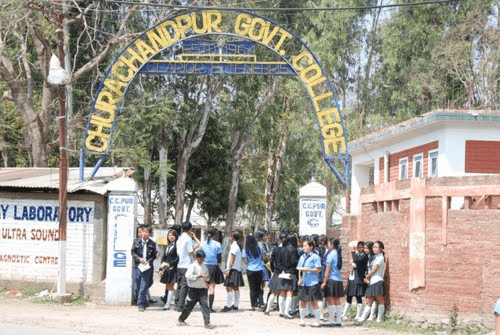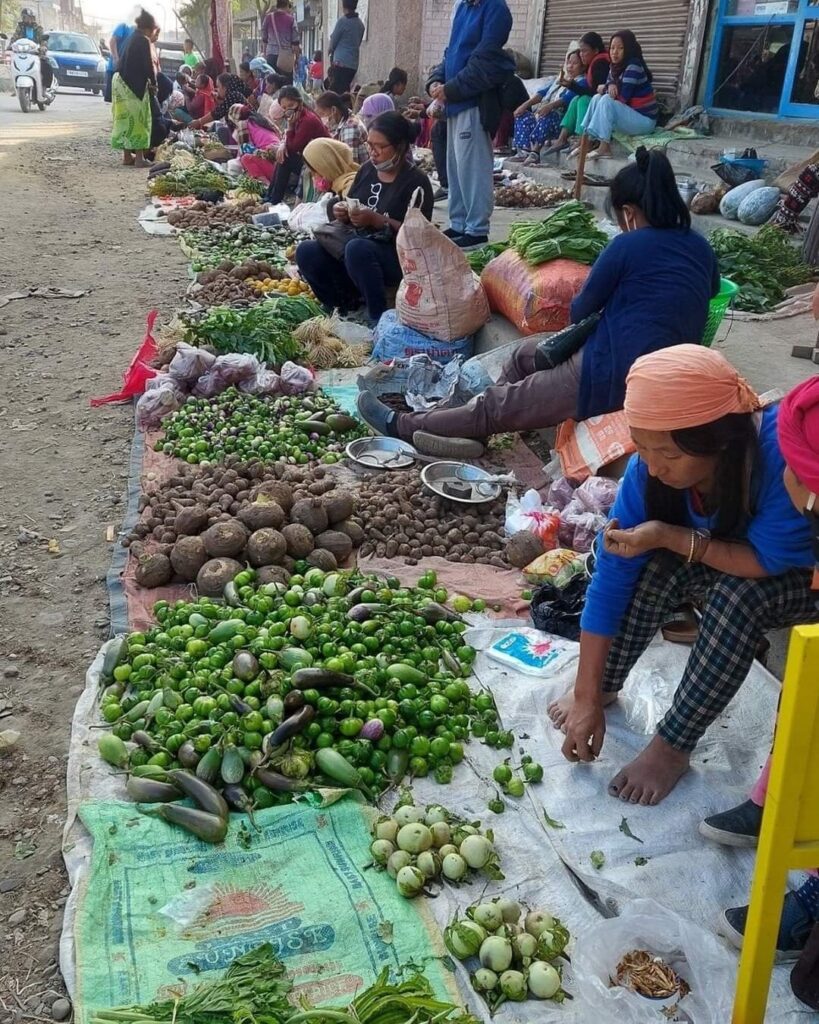Churachandpur district, located in the state of Manipur, is known for its rich cultural heritage and diverse tribal communities. This enhanced socio-economic profile aims to provide a comprehensive understanding of the district’s demographic, economic, educational, health, and infrastructure aspects. With a focus on key indicators, this profile will shed light on the district’s socio-economic development and highlight areas that require attention for inclusive growth.
Demographics: Churachandpur district is inhabited by various tribes, predominantly belonging to the Chin-Kuki-Mizo-Zomi group. Prominent tribes include Thadou, Hmar, Paite, Vaiphei, and Zou. The district has a diverse population, with a mix of rural and urban settlements. The population growth rate, age distribution, and gender composition are important factors that shape the district’s social fabric.

Education: Education plays a crucial role in empowering communities and driving socio-economic progress. Churachandpur district faces challenges in ensuring quality education for all. Efforts have been made to improve literacy rates, especially female literacy. However, there is a need for further interventions to bridge the gender gap and enhance the overall education system. Initiatives promoting vocational training and skill development are essential for empowering the youth and preparing them for future opportunities.

Economy: The district’s economy is primarily agrarian, with agriculture being the mainstay of the majority of the population. The region is known for its fertile land and favorable climatic conditions, which support the cultivation of various crops. However, there is a need to promote diversification and modernization of agriculture practices to improve productivity and income levels. Additionally, promoting small-scale industries, tourism, and tapping into the district’s potential in sectors like handicrafts can contribute to economic growth and employment generation.
Employment: Employment opportunities in Churachandpur district are limited, leading to a high rate of outmigration in search of better prospects. Creating an enabling environment for entrepreneurship, promoting micro, small, and medium-sized enterprises (MSMEs), and skill development initiatives can help address the unemployment challenges and create avenues for sustainable livelihoods. Efforts should be made to align skill development programs with local demand and provide access to credit facilities for aspiring entrepreneurs.
Infrastructure: A well-developed infrastructure is essential for economic growth and improving the quality of life. Churachandpur district requires investments in improving road connectivity, power supply, water resources management, and telecommunications. Enhancing transport connectivity to neighboring districts and states will facilitate trade and tourism, opening up new opportunities for economic development. Additionally, ensuring access to basic amenities like healthcare facilities, education institutions, and clean drinking water is crucial for the overall well-being of the population.
Health and Social Services: Access to quality healthcare services is vital for a thriving community. Churachandpur district faces challenges in terms of healthcare infrastructure, availability of medical professionals, and healthcare awareness. Strengthening primary healthcare centers, promoting preventive healthcare practices, and conducting awareness campaigns can improve the overall health indicators. Additionally, addressing issues related to sanitation, hygiene, and nutrition is crucial for ensuring a healthy population.
Housing: Ensuring adequate and affordable housing is a key aspect of socio-economic development. Churachandpur district should focus on providing housing facilities to marginalized communities and improving access to housing finance schemes. Encouraging sustainable and affordable housing solutions will contribute to inclusive growth and enhance the overall living conditions of the population.
Environment: Preserving the district’s natural resources and protecting the environment is crucial for sustainable development. Efforts should be made to promote sustainable agriculture practices, protect forests, and conserve water bodies. Encouraging eco-tourism and promoting awareness about climate change and environmental conservation will contribute to a greener and more resilient Churachandpur district.
Social Indicators: Tracking social indicators such as poverty levels, gender equality, and social inclusion is essential for monitoring progress and identifying areas that require targeted interventions. Collecting and analyzing data on various social parameters will help policymakers make informed decisions and design programs that address societal challenges effectively.
Governance and Development Initiatives: Effective governance and accountable administration play a pivotal role in driving socio-economic development. Strengthening local governance institutions, promoting transparency, and ensuring citizen participation in decision-making processes will contribute to inclusive growth. It is crucial to align development initiatives with the specific needs and aspirations of the communities in Churachandpur district.
This short socio-economic profile of Churachandpur district provides insights into various aspects of the district’s development. By addressing the identified challenges and leveraging the district’s potential, stakeholders can work together to facilitate inclusive growth, improve living standards, and create a better future for the people of Churachandpur.
References:
- Census of India – Official website of the Office of the Registrar General & Census Commissioner, India. Provides data on demographics, population, and other socioeconomic indicators. (Website: censusindia.gov.in)
- District Profile of Churachandpur – District-specific information on demographics, education, economy, infrastructure, health, and social indicators. (Website: churachandpur.nic.in)
- Ministry of Minority Affairs – Official website of the Ministry of Minority Affairs, Government of India. Provides information on development initiatives and programs targeting minority communities. (Website: minorityaffairs.gov.in)
- District Nutrition Profile: Churachandpur – Provides data on nutrition indicators and profiles of Churachandpur district. (Website: nutritionatlas.org)
- Manipur State Planning Department – Official website of the State Planning Department of Manipur. Provides data on development plans, policies, and initiatives in the state. (Website: manipurplanning.nic.in)
